Flipped Classrooms and EdTech: Enhancing ESL Learning through Asynchronous Instructional Tools
Resumen
This theoretical study explores the integration of asynchronous educational technologies in flipped classrooms to support adult ESL learners in higher education. Drawing from adult learning theories—particularly andragogy and transformative learning—the article examines how platforms such as Microsoft Teams and Moodle can empower learners through flexibility, autonomy, and reflective engagement. Through a documentary analysis of pedagogical literature and technological affordances, the study highlights how flipped instruction aligns with the learning needs of adult students and the evolving role of technology in language education. Findings underscore the importance of purposeful instructional design and accessibility to ensure the success of flipped learning environments in university-level ESL programs.
Descargas
Citas
Alsowat, H. H. (2016). An EFL flipped classroom teaching model: Effects on English language higher-order thinking skills, student engagement and satisfaction. Journal of Education and Practice, 7(9), 108–121.
Anderson, L. W., & Krathwohl, D. R. (Eds.). (2001). A taxonomy for learning, teaching, and assessing: A revision of Bloom’s taxonomy of educational objectives. Longman.
Bergmann, J., & Sams, A. (2012). Flip your classroom: Reach every student in every class every day. International Society for Technology in Education.
Bishop, J. L., & Verleger, M. A. (2013). The flipped classroom: A survey of the research. ASEE National Conference Proceedings, Atlanta, GA, 30(9), 1–18.
Hung, H.-T. (2015). Flipping the classroom for English language learners to foster active learning. Computer Assisted Language Learning, 28(1), 81–96. https://doi.org/10.1080/09588221.2014.967701
Knowles, M. S. (1980). The modern practice of adult education: From pedagogy to andragogy (2nd ed.). Cambridge Adult Education.
Murillo Zavala, A. M., Cañarte Castro, E. M., & Verduga Toala , M. M. (2025). Malnutrición y deficiencias hematológicas en mujeres en edad fértiles . Arandu UTIC, 12(1), 4480–4494. https://doi.org/10.69639/arandu.v12i1.906
Agrela Rodrigues, F. de A., Grizel Morales, N., Paco Carvajal, R., Velasco Valverde, D., Mayta Cruz, M., Avendaño Endara, E., & Simons Aparicio, C. P. (2025). Desafíos en el Desarrollo Lingüístico y Cognitivo en una Niña con Sordera Profunda: Estudio de Caso de Maria . I+D Internacional Revista Científica Y Académica , 4(1), 65–77. https://doi.org/10.63636/3078-1639.v4.n1.27
Agrela Rodrigues, F. de A. (2025). A Relação entre os Neurotransmissores Excitatórios, como o Aspartato e o Glutamato, e o Transtorno do Déficit de Atenção com Hiperatividade (TDAH). Ciencia Y Reflexión, 4(1), 2686–2700. https://doi.org/10.70747/cr.v4i1.306
González Coronel , F. A., Veloso Bogarín, J. M., & Gauna Quiñones, C. E. (2025). Impacto de las Nuevas Tecnologías de la Información y Comunicación (TIC) en el proceso de Enceñanza y Aprendizaje del Instituto de Formación Docente-Gral. José Eduvigis Díaz 2024. Ciencia Latina Revista Científica Multidisciplinar, 9(2), 6916-6934. https://doi.org/10.37811/cl_rcm.v9i2.17414
Chicaiza Valle, V. L., Campos Guillén, M. F., Cadena Pasquel, A. P., & Chicaiza Rosero, M. L. (2025). Estrategias para Fomentar la Inteligencia Emocional y Mejorar la Comprensión en el Aula de Primaria. Estudios Y Perspectivas Revista Científica Y Académica , 5(2), 706–735. https://doi.org/10.61384/r.c.a.v5i2.1155
Agrela Rodrigues, F. de A. (2025). A Relação entre os Neurotransmissores Excitatórios, como o Aspartato e o Glutamato, e o Transtorno do Déficit de Atenção com Hiperatividade (TDAH). Ciencia Y Reflexión, 4(1), 2686–2700. https://doi.org/10.70747/cr.v4i1.306
Knowles, M. S. (2015). The adult learner: A neglected species (8th ed.). Routledge.
Lee, G., & Wallace, A. (2018). Flipped learning in the English as a foreign language classroom: Outcomes and perceptions. TESOL Quarterly, 52(1), 62–84. https://doi.org/10.1002/tesq.372
Lo, C. K., & Hew, K. F. (2017). A critical review of flipped classroom challenges in K-12 education: Possible solutions and recommendations for future research. Research and Practice in Technology Enhanced Learning, 12(1), 1–22. https://doi.org/10.1186/s41039-016-0044-2
López-Pérez, M. V., Pérez-López, M. C., & Rodríguez-Ariza, L. (2011). Blended learning in higher education: Students’ perceptions and their relation to outcomes. Computers & Education, 56(3), 818–826. https://doi.org/10.1016/j.compedu.2010.10.023
Martin, F., Polly, D., & Ritzhaupt, A. D. (2020). Bichronous online learning: Blending asynchronous and synchronous online learning. EDUCAUSE Review, 55(4), 42–53.
Mezirow, J. (2000). Learning as transformation: Critical perspectives on a theory in progress. Jossey-Bass.
Webb, M., & Doman, E. (2016). Does the flipped classroom lead to increased gains on learning outcomes in ESL/EFL contexts? The CATESOL Journal, 28(1), 39–67.
Derechos de autor 2025 Yahui Huang Chang

Esta obra está bajo licencia internacional Creative Commons Reconocimiento 4.0.

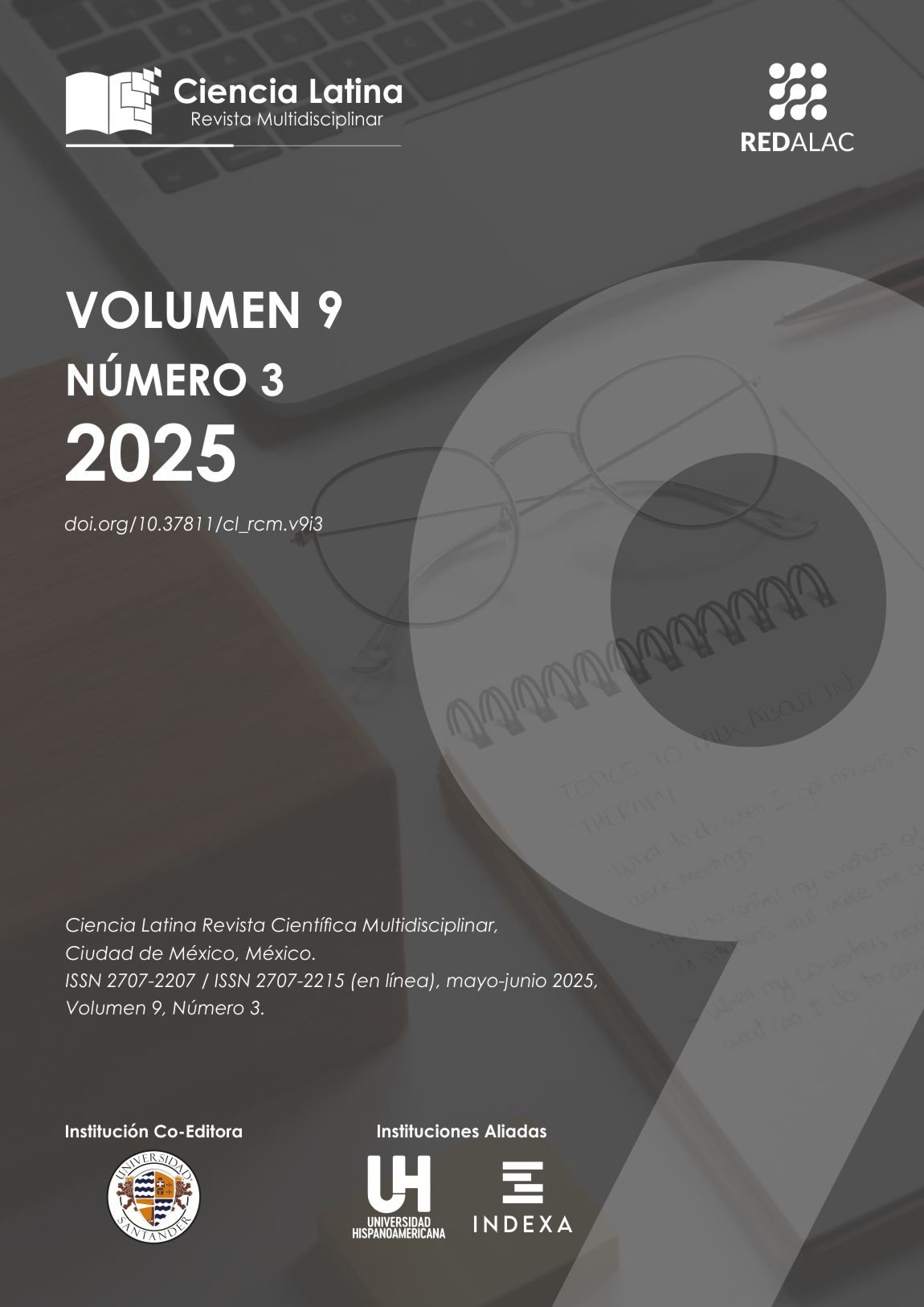





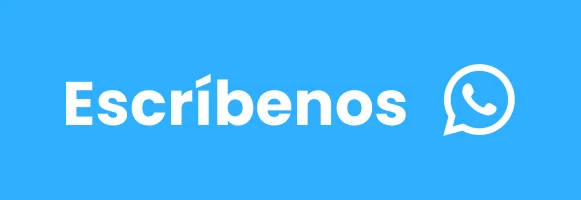



.png)
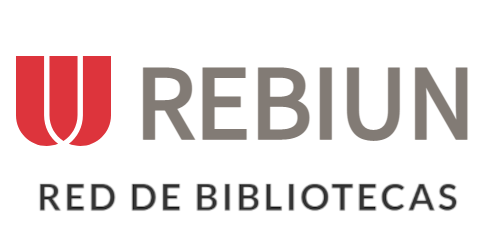







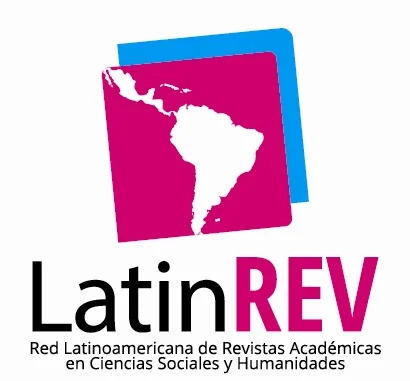

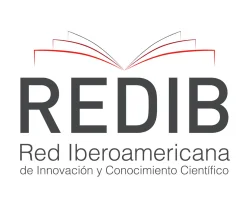


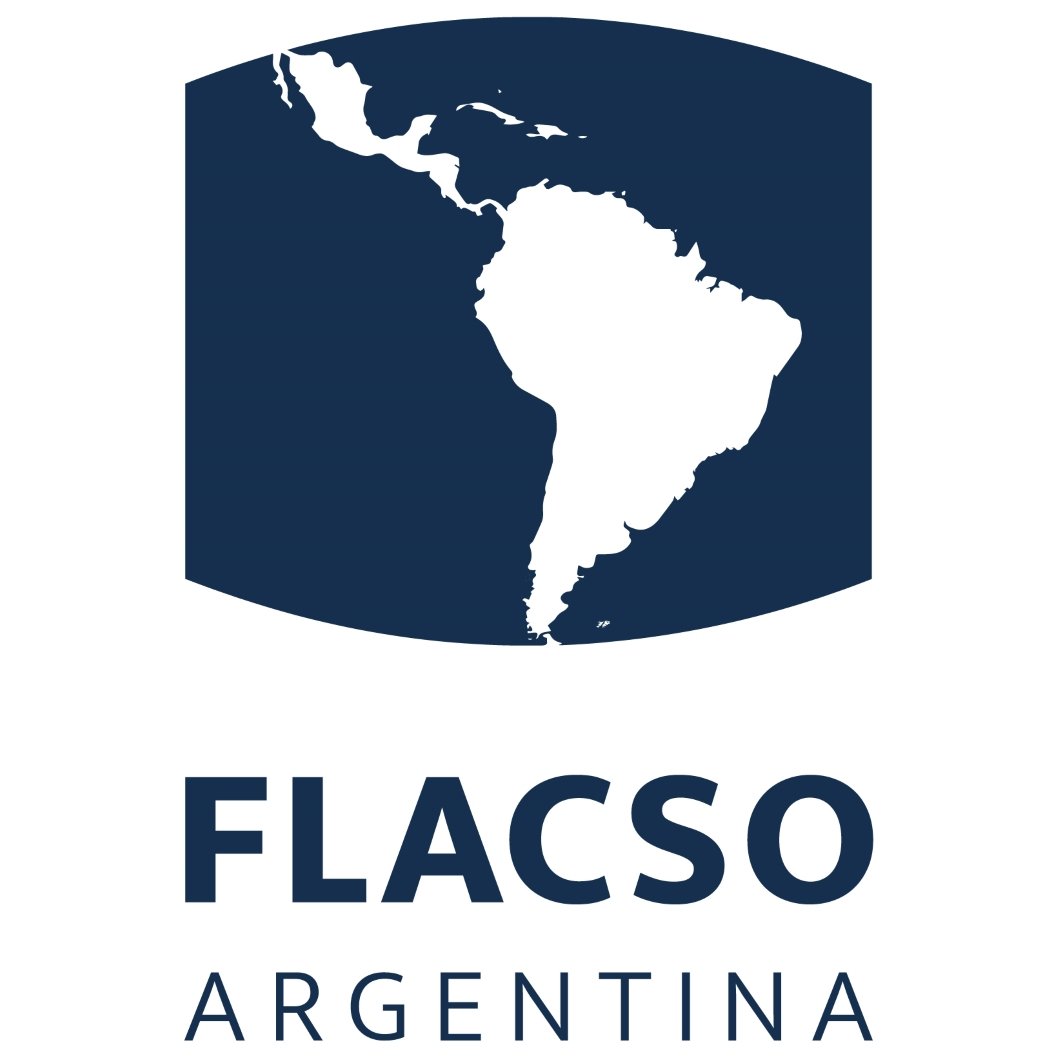
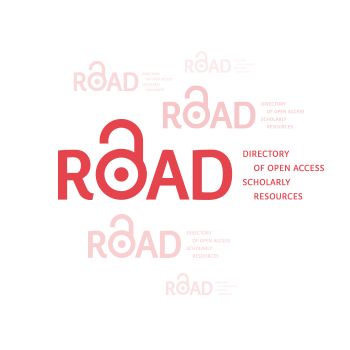





.png)
1.png)


